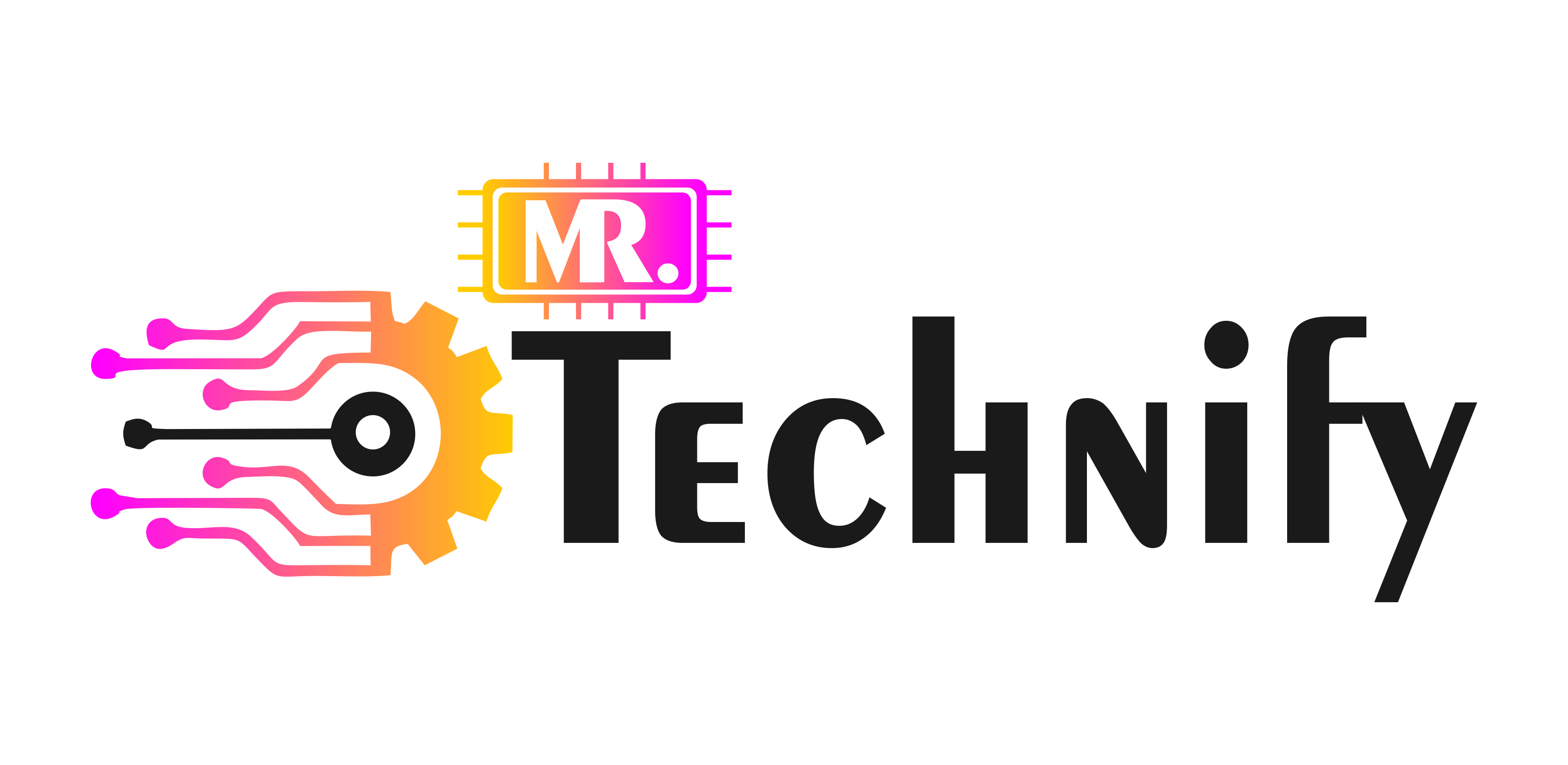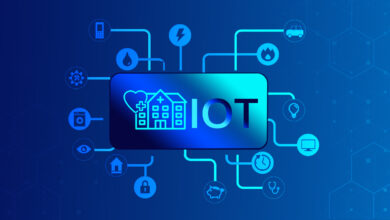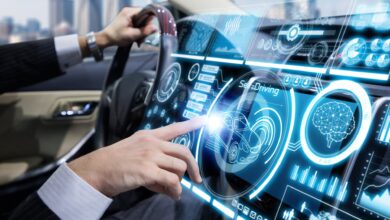Introduction to Automotive IoT
The automobile industry has advanced significantly from its early stages. The field of motor transportation has developed into a technical wonder with the development of technology. The sector is undergoing a technological transformation because of the Internet of Things.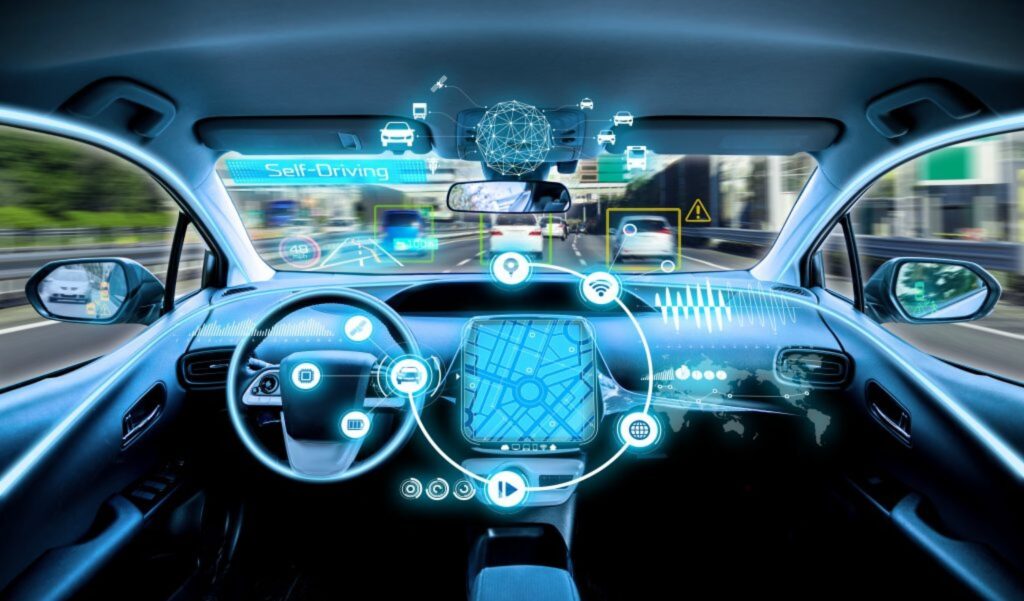
-
The Evolution of the Automotive Industry: From Mechanical to Digital
Early in the automotive industry’s development, the cars’ mechanics were the main emphasis. The emphasis now is on incorporating digital components into these mechanical systems, thanks to time and technical improvements. This automatic and digital merger gave birth to the Automotive Internet of Things concept.
Defining Automotive IoT
-
Components of Automotive Internet of Things
IoT technology in automobile systems is referred to as automotive IoT. It includes gathering and analyzing data from numerous vehicle components using sensors, software, and other technologies. Then, using this information, vehicles are made to perform better, be safer, and have a better driving experience.
-
Benefits of Automotive Internet of Things
Predictive maintenance, excellent safety features, an improved driving experience, and increased fuel economy are just a few advantages the automotive IoT provides. It also ushers in a new age of “connected cars,” which converse with one another and other gadgets to create safer and more comfortable driving conditions.
Applications of IoT in the Automotive Industry
Connected Cars
-
Benefits of Connected Cars
Connected cars are a prime example of Automotive Internet of Things applications. These cars have IoT devices that enable them to share data with other connected devices. This interconnectivity allows for real-time navigation updates, predictive maintenance, and even autonomous driving. The benefits extend beyond convenience; connected cars can also reduce traffic congestion and lower accident rates.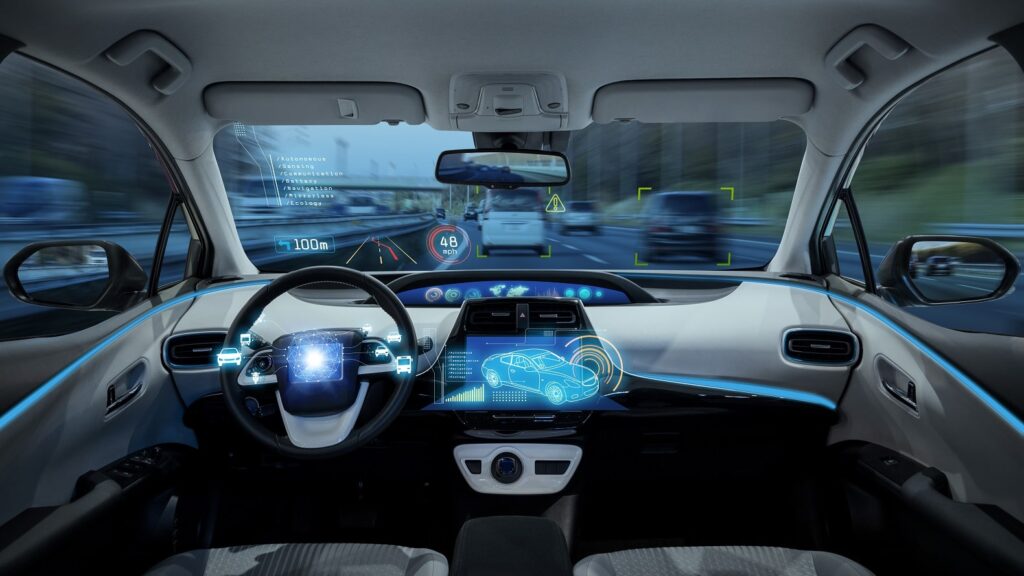
Fleet Management
-
How IoT is Transforming Fleet Management
Another area where IoT is making significant inroads is fleet management. Using IoT devices, fleet managers can track vehicle location, monitor driver behavior, manage fuel consumption, and perform predictive maintenance. This ultimately leads to lower operational costs and improved productivity.
Challenges and Risks of Automotive IoT
-
Security Concerns
The Automotive Internet of Things has difficulties despite its many advantages. Security is a significant issue, just as with any linked technology. A car is increasingly susceptible to cyberattacks the more connected it is. Therefore, strong cybersecurity measures are crucial to secure the sensitive data that these IoT devices gather and transfer.
-
Data Privacy Issues
Data privacy is still another major obstacle. It is essential to protect the privacy and confidentiality of this data since IoT devices generate enormous volumes of data. Automobile businesses must take strict procedures to safeguard this data and adhere to data protection laws.
The Future of Automotive IoT
-
Trends to Watch
As technology continues evolving, so does the Automotive Internet of Things. Future trends to watch include: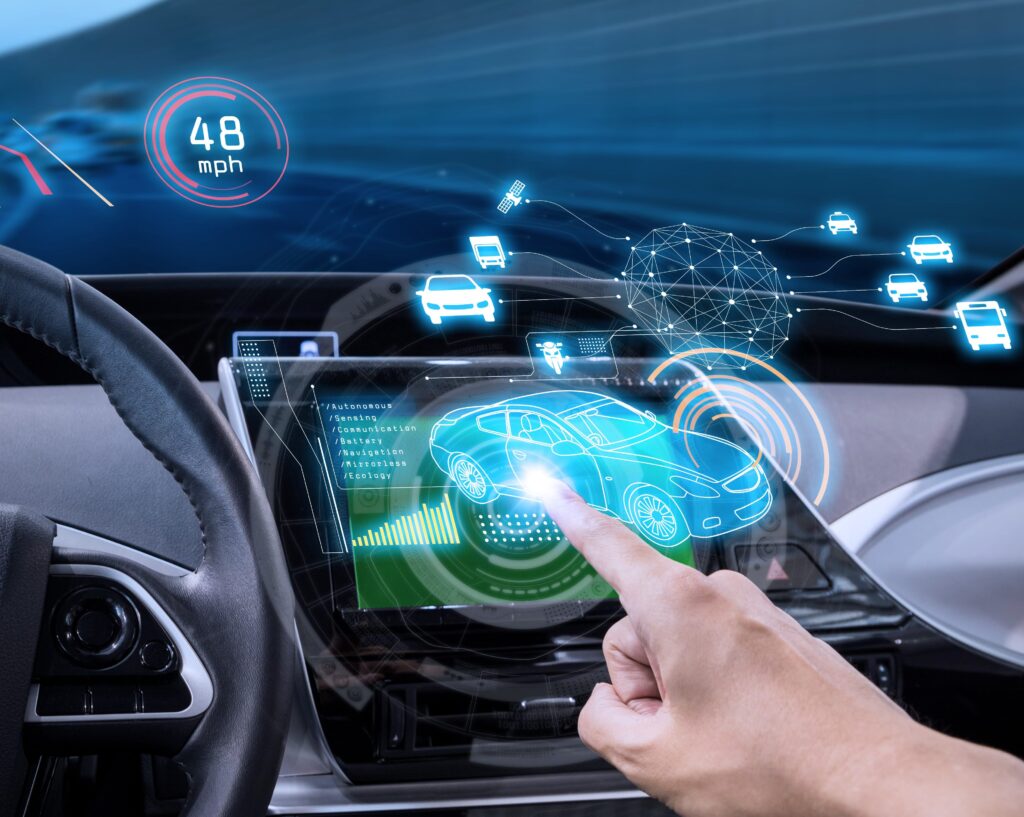
-
The rise of autonomous vehicles.
Automotive systems are becoming more integrated with AI and Machine Learning technology.
The continued development of connected car ecosystems.
The Role of AI in Automotive IoT
The role of AI in the future of the Automotive Internet of Things is substantial. It is used in predictive analytics, autonomous driving systems, and personalized in-car experiences. As AI technology improves, its application in the Automotive Internet of Things is expected to become more widespread and sophisticated.
Conclusion
The Automotive IoT is an exciting domain that promises to revolutionize the automotive industry. While challenges exist, the potential benefits far outweigh them. With technological advancements and increased integration of IoT devices, the future of the Automotive Internet of Things looks bright and promising.
FAQs for Automotive Internet of Things
What are the benefits of Automotive IoT?
Automotive IoT offers numerous benefits, including predictive maintenance, improved safety features, enhanced driving experience, and better fuel efficiency.
What are the challenges of Automotive IoT?
Security and data privacy problems are the key obstacles to Automotive IoT. A car is increasingly susceptible to cyberattacks the more connected it is. Furthermore, it is essential to protect the privacy of this data since IoT devices are gathering a lot of it.
How is AI used in Automotive IoT?
AI plays a significant role in Automotive IoT. It is used in predictive analytics, autonomous driving systems, and personalized in-car experiences.
What is the future of Automotive IoT?
The future of Automotive IoT includes the rise of autonomous vehicles, the increased integration of AI and Machine Learning in automotive systems, and the continued development of connected car ecosystems.
Rate our Article(Automotive IoT: The Driving Force of Future Mobility)How much do you like our Article
